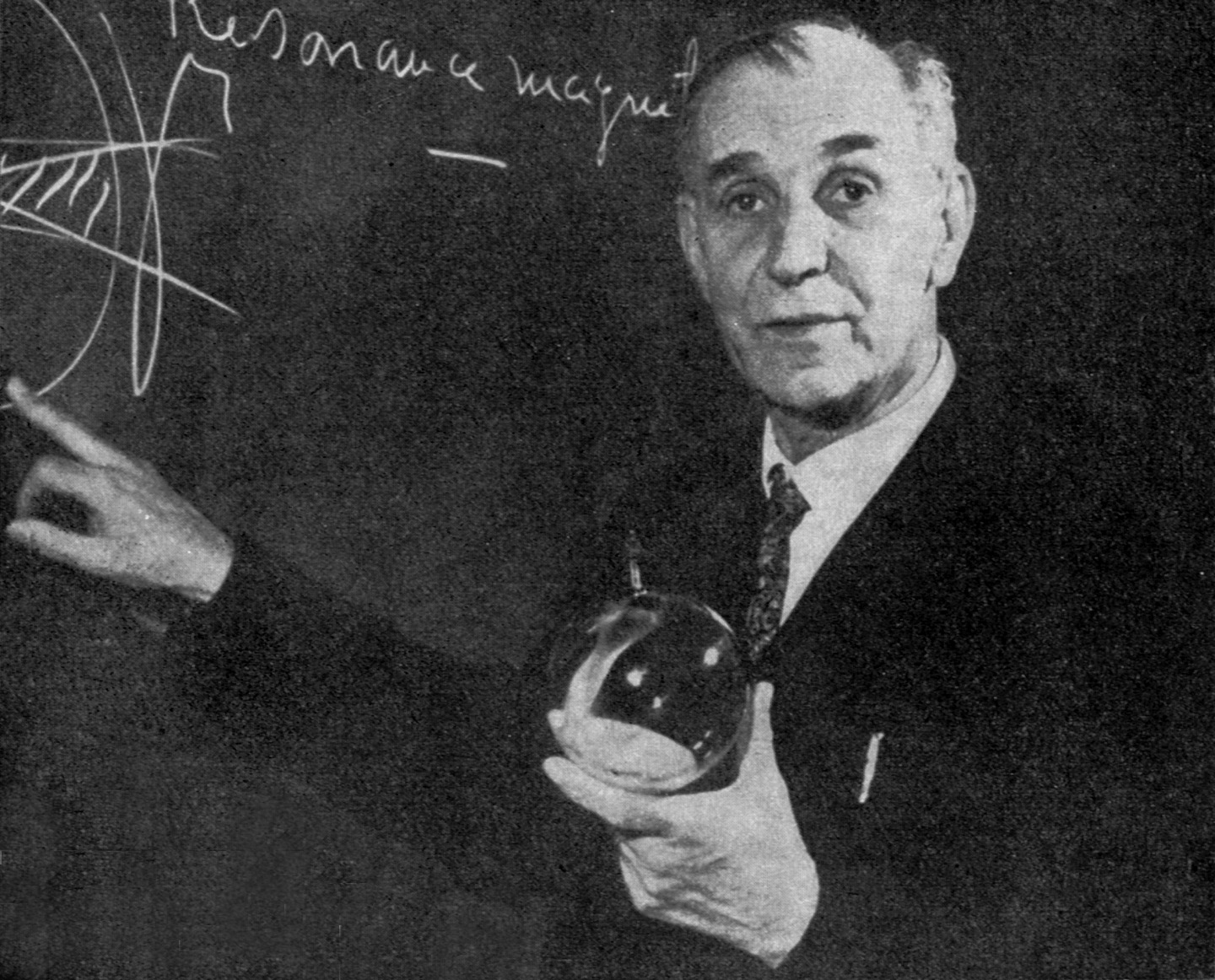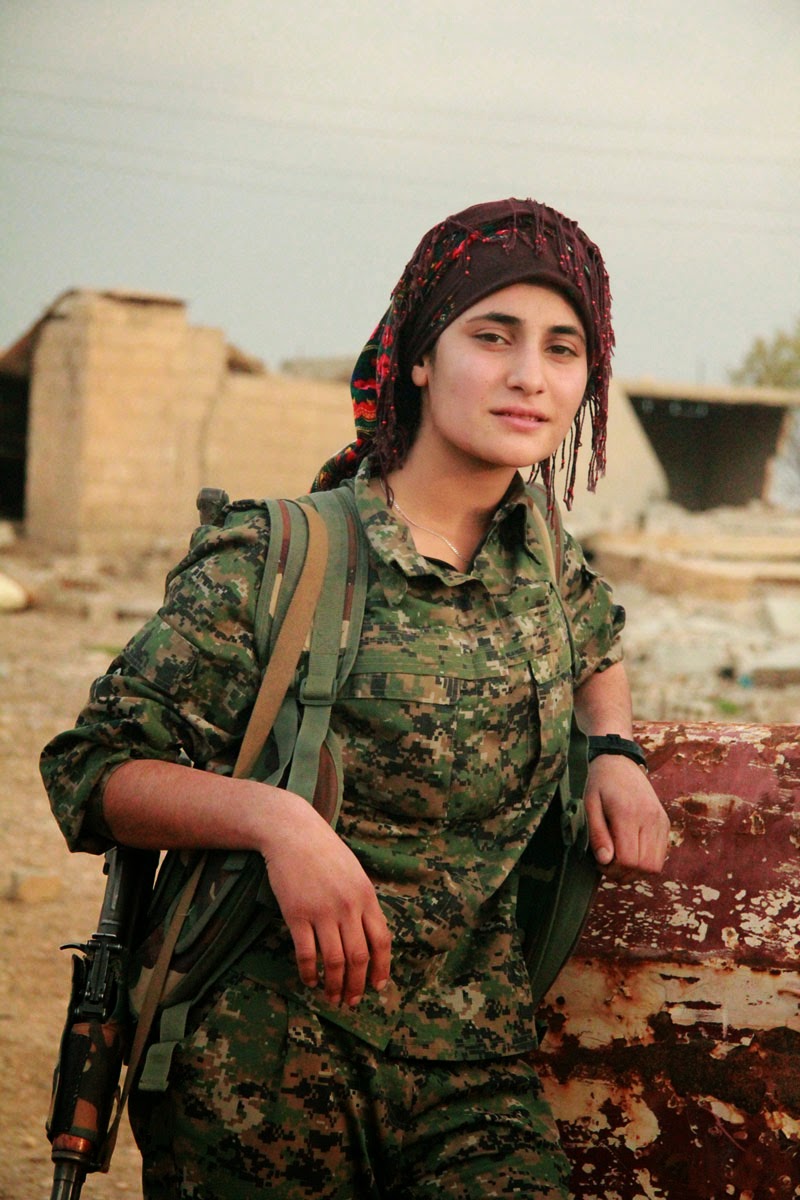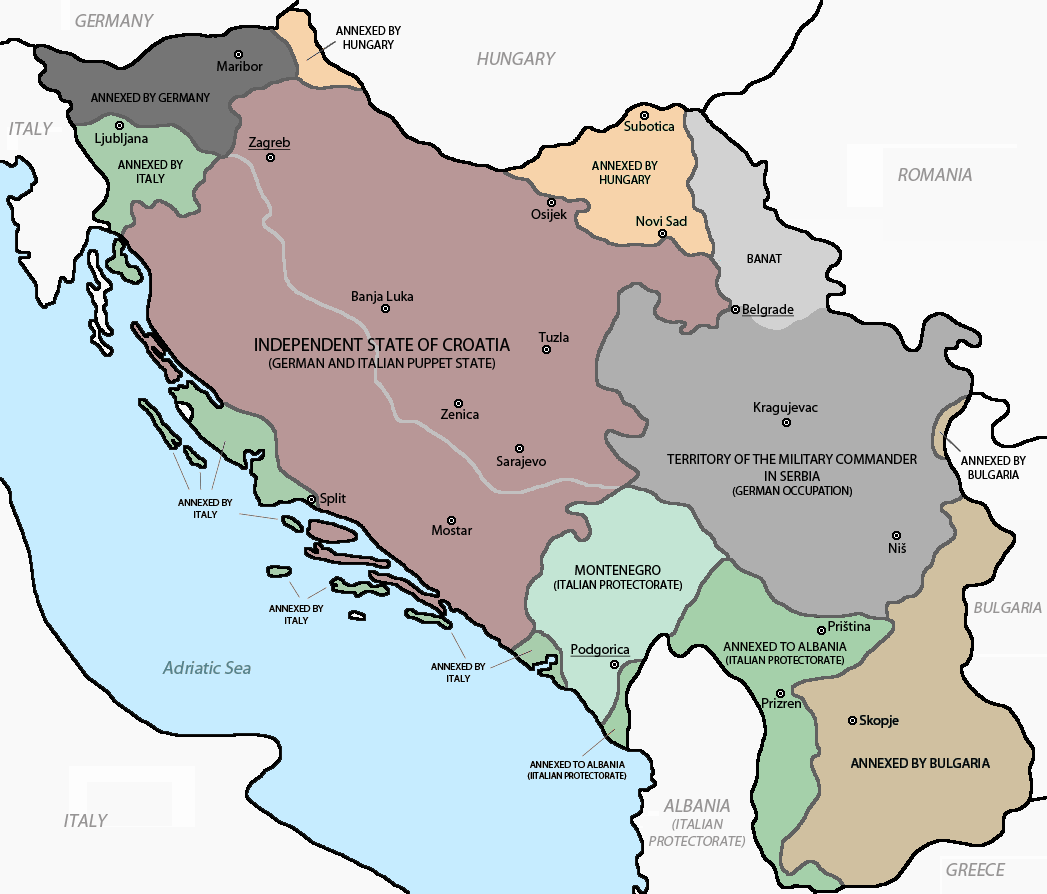|
Marija Ilić Agapova
Marija Ilić Agapova (14 August 1895 – 13 March 1984) was a Serbian jurist, translator, librarian, civil rights activist and the first director of the Belgrade City Library. Biography Marija Ilić Agapova was born in the village Pađene near Knin in 1895. She was one of the first educated Serbian women in the region. She attended the Institute of empress Maria at Montenegrin court in Cetinje in Russian language, Russian (1908-1913). She graduated from a real gymnasium and started attending Law school in Zagreb in 1918. She received her Ph.D. from the Law school at the University of Zagreb in 1923. She received a Middle-European Ph.D. just like Ivo Andrić and other intellectuals of that time who studied in Austro-Hungary, Germany and Italy. She began practicing law in 1926. She was also engaged in librarianship and museology in 1929 as a correspondent of the County Library in Belgrade and participated in the founding of the Belgrade City Museum and organized try-outs for the n ... [...More Info...] [...Related Items...] OR: [Wikipedia] [Google] [Baidu] |
Pađene
Pađene ( sr-Cyrl, Пађене) is a village in the Šibenik-Knin County, Croatia. The settlement is administered as a part of Ervenik municipality. Location It is located in Zagora (Croatia), Zagora, 12 kilometers from Knin, on the state road D1 road (Croatia), D1. Population According to national census of 2011, population of the settlement is 175. The majority of the population are Serbs. In 1991, 99% of the population was Serb. Gallery File:Православна црква Пађене.JPG, Orthodox church File:Улаз у Пађене.JPG, Traffic sign at the village entrance Notable individuals * Marija Ilić Agapova References External links Pađene Populated places in Šibenik-Knin County {{ŠibenikKnin-geo-stub ... [...More Info...] [...Related Items...] OR: [Wikipedia] [Google] [Baidu] |
Italy
Italy, officially the Italian Republic, is a country in Southern Europe, Southern and Western Europe, Western Europe. It consists of Italian Peninsula, a peninsula that extends into the Mediterranean Sea, with the Alps on its northern land border, as well as List of islands of Italy, nearly 800 islands, notably Sicily and Sardinia. Italy shares land borders with France to the west; Switzerland and Austria to the north; Slovenia to the east; and the two enclaves of Vatican City and San Marino. It is the List of European countries by area, tenth-largest country in Europe by area, covering , and the third-most populous member state of the European Union, with nearly 59 million inhabitants. Italy's capital and List of cities in Italy, largest city is Rome; other major cities include Milan, Naples, Turin, Palermo, Bologna, Florence, Genoa, and Venice. The history of Italy goes back to numerous List of ancient peoples of Italy, Italic peoples—notably including the ancient Romans, ... [...More Info...] [...Related Items...] OR: [Wikipedia] [Google] [Baidu] |
Serbian Translators
Serbian may refer to: * Pertaining to Serbia in Southeast Europe; in particular **Serbs, a South Slavic ethnic group native to the Balkans ** Serbian language ** Serbian culture **Demographics of Serbia, includes other ethnic groups within the country *Pertaining to other places **Serbia (other) **Sorbia (other) *Gabe Serbian (1977–2022), American musician See also * * * Sorbs * Old Serbian (other) Old Serbian may refer to: * someone or something related to the Old Serbia, a historical region * Old Serbian language, a general term for the pre-modern variants of Serbian language, including: ** the Serbian recension of Old Church Slavonic la ... {{Disambiguation Language and nationality disambiguation pages ... [...More Info...] [...Related Items...] OR: [Wikipedia] [Google] [Baidu] |
Serbs Of Croatia
The Serbs of Croatia ( sh-Cyrl-Latn, separator=" / ", Срби у Хрватској, Srbi u Hrvatskoj) or Croatian Serbs ( sh-Cyrl-Latn, separator=" / ", Хрватски Срби, Hrvatski Srbi) constitute the largest national minority in Croatia. The community is predominantly Eastern Orthodoxy in Croatia, Eastern Orthodox Christian by religion, as opposed to the Croats who are Catholic Church in Croatia, Catholic. In some regions of modern-day Croatia, mainly in southern Dalmatia, ethnic Serbs possibly have been present from the Early Middle Ages. Serbs from modern-day Serbia and Serbs of Bosnia and Herzegovina, Bosnia-Herzegovina started actively migrating to Croatia at a time when the Habsburg monarchy was engaged in a series of wars against the Ottoman Empire. Great Migrations of the Serbs, Several migration waves happened after 1538, when the Emperor Ferdinand I granted them the right to settle on the territory of the Military Frontier. In exchange for land and exempti ... [...More Info...] [...Related Items...] OR: [Wikipedia] [Google] [Baidu] |
People From Knin
The term "the people" refers to the public or common mass of people of a polity. As such it is a concept of human rights law, international law as well as constitutional law, particularly used for claims of popular sovereignty. In contrast, a people is any plurality of persons considered as a whole. Used in politics and law, the term "a people" refers to the collective or community of an ethnic group or nation. Concepts Legal Chapter One, Article One of the Charter of the United Nations states that "peoples" have the right to self-determination. Though the mere status as peoples and the right to self-determination, as for example in the case of Indigenous peoples (''peoples'', as in all groups of indigenous people, not merely all indigenous persons as in ''indigenous people''), does not automatically provide for independent sovereignty and therefore secession. Indeed, judge Ivor Jennings identified the inherent problems in the right of "peoples" to self-determination, as i ... [...More Info...] [...Related Items...] OR: [Wikipedia] [Google] [Baidu] |
1984 Deaths
__NOTOC__ The following is a list of notable deaths in 1984. Entries for each day are listed alphabetically by surname. A typical entry lists information in the following sequence: * Name, age, country of citizenship at birth, subsequent country of citizenship (if applicable), reason for notability, cause of death (if known), and reference. Deaths in 1984 January * January 1 ** Alexis Korner, British blues musician and broadcaster (b. 1928) ** Joaquín Rodríguez Ortega, Spanish bullfighter (b. 1903) * January 5 – Giuseppe Fava, Italian writer (b. 1925) * January 6 – Ernest Laszlo, Hungarian-American cinematographer (b. 1898) * January 7 – Alfred Kastler, French physicist, Nobel Prize laureate (b. 1902) * January 9 – Sir Deighton Lisle Ward, 4th Governor-General of Barbados (b. 1909) * January 11 – Jack La Rue, American actor (b. 1902) * January 14 ** Saad Haddad, Lebanese military officer and militia leader (b. 1936) ** Ray Kroc, American entrepreneur (b. 1902) * J ... [...More Info...] [...Related Items...] OR: [Wikipedia] [Google] [Baidu] |
1895 Births
Events January * January 5 – Dreyfus affair: French officer Alfred Dreyfus is stripped of his army rank and sentenced to life imprisonment on Devil's Island (off French Guiana) on what is much later admitted to be a false charge of treason. * January 6 – The Wilcox rebellion, an attempt led by Robert Wilcox to overthrow the Republic of Hawaii and restore the Kingdom of Hawaii, begins with royalist troops landing at Waikiki Beach in O'ahu and clashing with republican defenders. The rebellion ends after three days and the remaining 190 royalists are taken prisoners of war. * January 12 – Britain's National Trust for Places of Historic Interest or Natural Beauty is founded by Octavia Hill, Robert Hunter and Canon Hardwicke Rawnsley. * January 13 – First Italo-Ethiopian War: Battle of Coatit – Italian forces defeat the Ethiopians. * January 15 – A warehouse fire and dynamite explosion kills 57 people, including 13 firefighters in Butt ... [...More Info...] [...Related Items...] OR: [Wikipedia] [Google] [Baidu] |
Women's Movement
The feminist movement, also known as the women's movement, refers to a series of social movements and political campaigns for radical and liberal reforms on women's issues created by inequality between men and women. Such issues are women's liberation, reproductive rights, domestic violence, maternity leave, equal pay, women's suffrage, sexual harassment, and sexual violence. The movement's priorities have expanded since its beginning in the 19th century, and vary among nations and communities. Priorities range from opposition to female genital mutilation in one country, to opposition to the glass ceiling in another. Feminism in parts of the Western world has been an ongoing movement since the turn of the century. During its inception, feminism has gone through a series of four high moments termed Waves. First-wave feminism was oriented around the station of middle- or upper-class white women and involved suffrage and political equality, education, right to property, ... [...More Info...] [...Related Items...] OR: [Wikipedia] [Google] [Baidu] |
Italian Language
Italian (, , or , ) is a Romance language of the Indo-European language family. It evolved from the colloquial Latin of the Roman Empire. Italian is the least divergent language from Latin, together with Sardinian language, Sardinian. It is spoken by about 68 million people, including 64 million native speakers as of 2024. Italian is an official language in Languages of Italy, Italy, Languages of San Marino, San Marino, Languages of Switzerland, Switzerland (Ticino and the Grisons), and Languages of Vatican City, Vatican City; it has official Minority language, minority status in Minority languages of Croatia, Croatia, Slovene Istria, Romania, Bosnia and Herzegovina, and the municipalities of Santa Teresa, Espírito Santo, Santa Tereza, Encantado, Rio Grande do Sul, Encantado, and Venda Nova do Imigrante in Languages of Brazil#Language co-officialization, Brazil. Italian is also spoken by large Italian diaspora, immigrant and expatriate communities in the Americas and Austral ... [...More Info...] [...Related Items...] OR: [Wikipedia] [Google] [Baidu] |
Axis Occupation Of Serbia
During World War II, several provinces of the Kingdom of Yugoslavia corresponding to the modern-day state of Serbia were occupied by the Axis Powers from 1941 to 1944. Most of the area was occupied by the Wehrmacht and was organized as separate territory under control of the German Military Administration in Serbia. Other parts of modern Serbia that were not included in the German-administered territory were occupied and annexed by neighboring Axis countries: Syrmia was occupied and annexed by the Independent State of Croatia, Bačka was occupied and annexed by Hungary, southeastern Serbia was occupied and annexed by Bulgaria, and southwestern Serbia was occupied and annexed by Italy and included in the Italian protectorates of Albania and Montenegro. German occupation The area under control of the German Military Administration in Serbia was initially occupied by the Germans. It was later occupied mostly by Bulgarian troops, but remained under German military authority. On st ... [...More Info...] [...Related Items...] OR: [Wikipedia] [Google] [Baidu] |
Coat Of Arms Of Belgrade
The coat of arms of Belgrade is the official symbol of the City of Belgrade and is stable in three levels - as Basic or Small, Medium and Large. The history of heraldic representation of Belgrade is long and goes back to the time when the city first became the Serbian capital during Stefan Lazarević, Despot Stefan Lazarevic when this symbol was first indirectly mentioned in ''Life of Despot Stefan Lazarević''. The first known heraldic shaped coat of arms of the city appears in the sixteenth century and is probably of Hungarian heraldry, Hungarian origin. But like the history of the city itself, so did its coat of arms. As the city passed from hand to hand of the various invaders, so did its heraldic representation change - whether the city did not have its coat of arms as under the Ottoman Serbia, Ottomans at all, or that it got a whole new one under the Austria-Hungary, Austrians. The history of the coat of arms of Belgrade, which is in use today, began in 1931 when it was of ... [...More Info...] [...Related Items...] OR: [Wikipedia] [Google] [Baidu] |
Belgrade City Museum
The Belgrade City Museum ( sr-cyr, Музеј Града Београда, ''Muzej Grada Beograda'') is a museum located in Belgrade, Serbia. Founded in 1903, the museum operates with several cultural institutions: Ivo Andrić Museum, Princess Ljubica's Residence, Paja Jovanović Museum, Jovan Cvijić Museum, Banjica Concentration Camp Museum, Collection of Icons Sekulić, Archaeological Site Vinča and Zemun Museum. The Belgrade City Museum contains over 2,500 paintings, graphics, aquarelles and drawings. It contains numerous paintings by Serbian painters Paja Jovanović, Sava Šumanović, Uroš Predić, Nadežda Petrović, Petar Lubarda and others. Among others, it contains paintings and graphics by foreign artists Albrecht Dürer, Miklós Barabás and Jean-Baptiste-Camille Corot. Collections The Belgrade City Museum collections are: * Prehistory * Antique * Middle Ages * Coins and Medals * Archaeological site Vinca * History of Belgrade 1521–1941 * History of Belgra ... [...More Info...] [...Related Items...] OR: [Wikipedia] [Google] [Baidu] |





